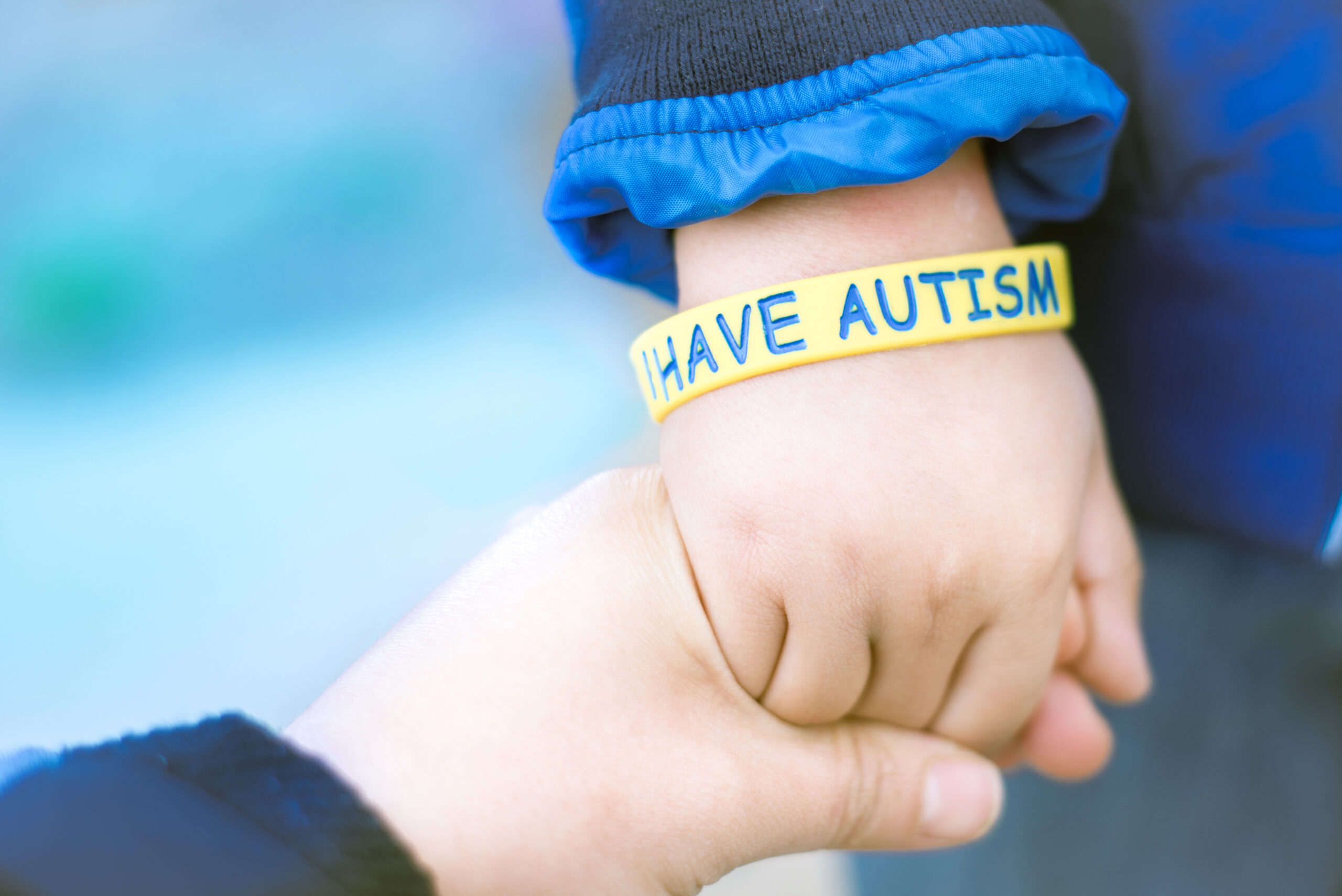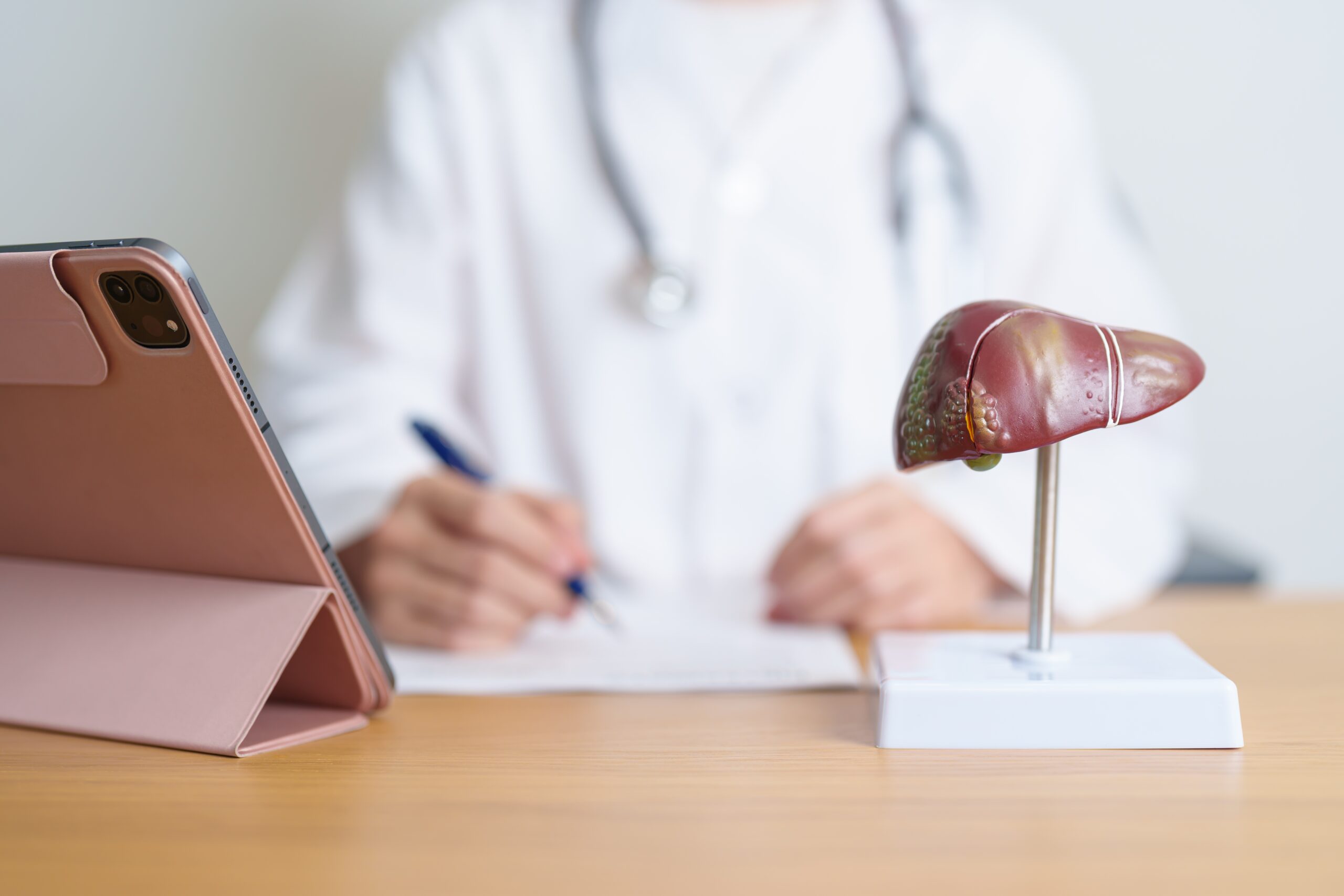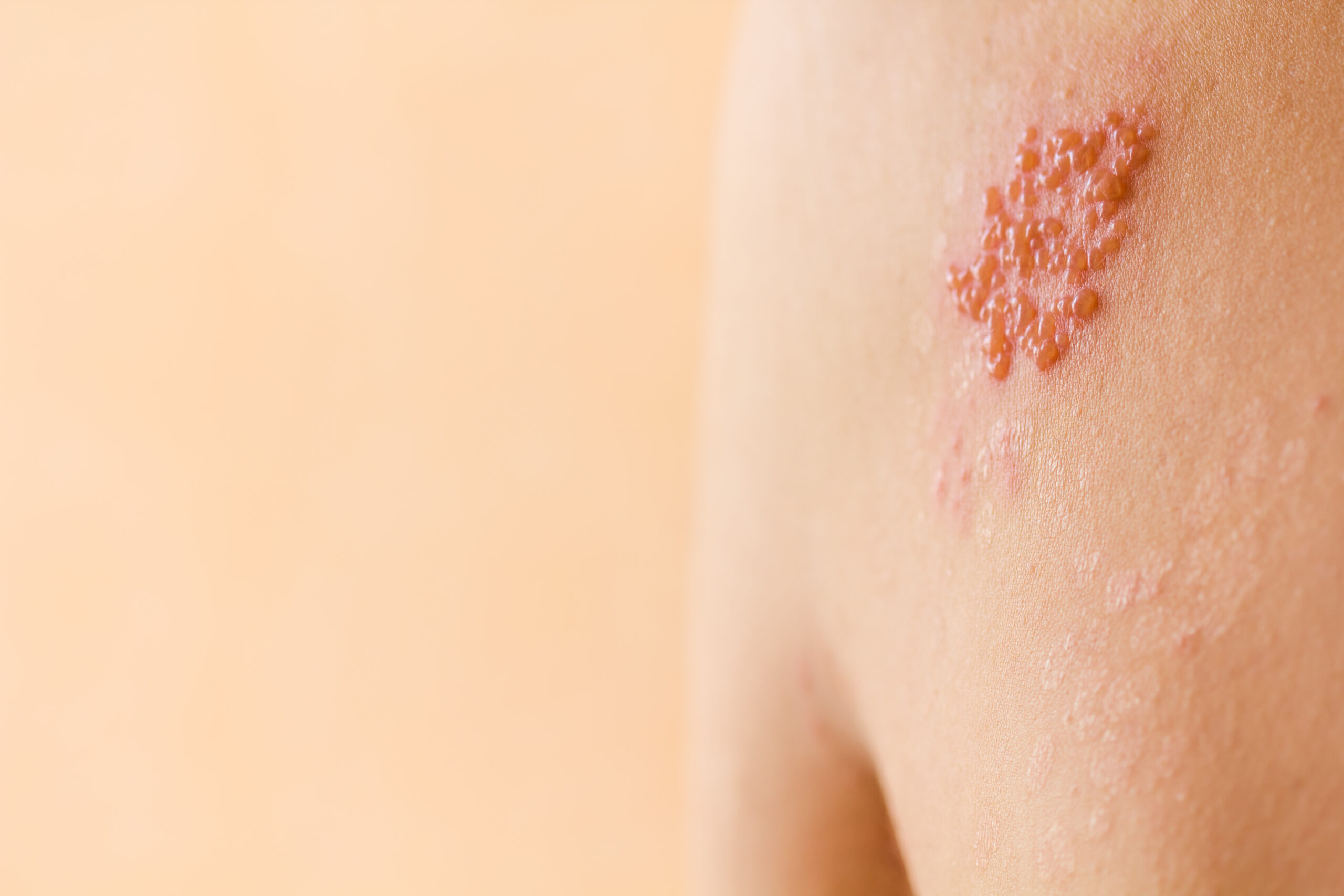A nano-sized tweak to an old vitamin is shaking up what we thought possible for children with autism—offering sudden hope that’s already turning heads in clinics and living rooms alike.
Story Highlights
- Nanoemulsion vitamin D3 delivers clear improvements in behavior and language for children with autism.
- Traditional vitamin D supplements have shown only modest or inconsistent results for ASD symptoms.
- Recent Egyptian study reports no adverse effects and urges more research into this novel formulation.
- The discovery could transform ASD treatment protocols and spark major industry shifts.
Nanoemulsion Vitamin D3: The Unlikely Disruptor in Autism Care
Children diagnosed with autism spectrum disorder (ASD) have long faced a frustrating reality: treatments often offer limited, incremental gains, especially when it comes to core symptoms. But a new clinical study out of Egypt has upended expectations by showing that a nanoemulsion form of vitamin D3 yields pronounced improvements in adaptive behavior and language—results that have clinicians and parents paying close attention. Unlike standard vitamin D pills or drops, this formulation is engineered for enhanced absorption, allowing the nutrient to cross biological barriers more effectively and potentially deliver benefits where other supplements have failed.
Traditional vitamin D supplementation for ASD has a mixed record. Multiple studies since 2020, including randomized controlled trials in Iran, have reported some behavioral and developmental benefits, but results rarely reach the level of significance or consistency needed to change clinical practice. Even so, the link between vitamin D deficiency and greater ASD risk has persisted in the literature, prompting ongoing research into better ways to deliver this crucial nutrient to the developing brain.
The Science Behind the Breakthrough: Why Nanoemulsion Works Differently
Vitamin D’s role in neurodevelopment is well-established, with deficiencies during pregnancy and early childhood repeatedly linked to a higher risk for ASD. What’s changed is the method of delivery. Nanoemulsion technology breaks vitamin D3 into tiny droplets, increasing its solubility and absorption in the gut and possibly its transport across the blood-brain barrier. The June 2025 Egyptian study, published in LabMed Discovery, tracked children with ASD who received this advanced supplement. Researchers measured not only vitamin D levels and general health, but also tracked adaptive behaviors and language skills with standardized tools. The results: children on nanoemulsion D3 showed marked improvements, with no adverse effects reported—something not always guaranteed with high-dose traditional supplementation.
These findings stand in contrast to years of modest progress from standard vitamin D therapy. Previous trials, though promising, often struggled with inconsistent results, dosage concerns, and questions about long-term safety. The nanoemulsion approach appears to sidestep many of these hurdles, potentially offering a safer and more effective avenue for intervention.
Stakeholders, Skeptics, and the Road Ahead
Pediatricians, autism specialists, and nutraceutical companies all have a stake in what comes next. For families navigating the maze of ASD therapies, the prospect of a safe, accessible supplement that actually improves core symptoms is nothing short of electrifying. Yet, experts caution against premature celebration. Academic reviewers and systematic analyses stress the need for larger, multi-center trials to confirm the Egyptian findings and to answer lingering questions about gender differences, long-term safety, and optimal dosing.
The pharmaceutical and supplement industries are already eyeing nanoemulsion technology as a potential gold mine, but with manufacturing complexity and cost as real obstacles. Regulatory bodies, meanwhile, will likely need to address questions about safety, bioavailability, and efficacy before nanoemulsion vitamin D3 can become a standard part of ASD care. Until then, the research community is moving swiftly—ongoing trials across several countries are poised to deliver new data that could either affirm or challenge the early excitement.
A Potential Turning Point in Autism Treatment Philosophy
For decades, the search for effective ASD treatments has been incremental and often frustrating. The emergence of a vitamin D3 formulation that finally delivers measurable gains in both language and adaptive behavior offers a rare glimmer of transformation. If these results hold up in larger studies, clinicians may soon recommend routine vitamin D screening and targeted supplementation—potentially reshaping the treatment landscape for millions of children. The implications extend beyond the clinic: from industry investment in nanoemulsion technologies, to possible updates in public health policies and insurance coverage for ASD therapies. The stage is set for a new era in autism care, but the final act depends on the rigorous science yet to come.
For now, the world of autism treatment stands on the brink—caught between hope and caution, innovation and evidence. The next few years will reveal whether nanoemulsion vitamin D3 is a fleeting promise or the long-awaited breakthrough that families and clinicians have hoped for.
Sources:
Vitamin D supplementation may be beneficial in ASD
Research suggests vitamin D deficiency is a risk factor for autism














